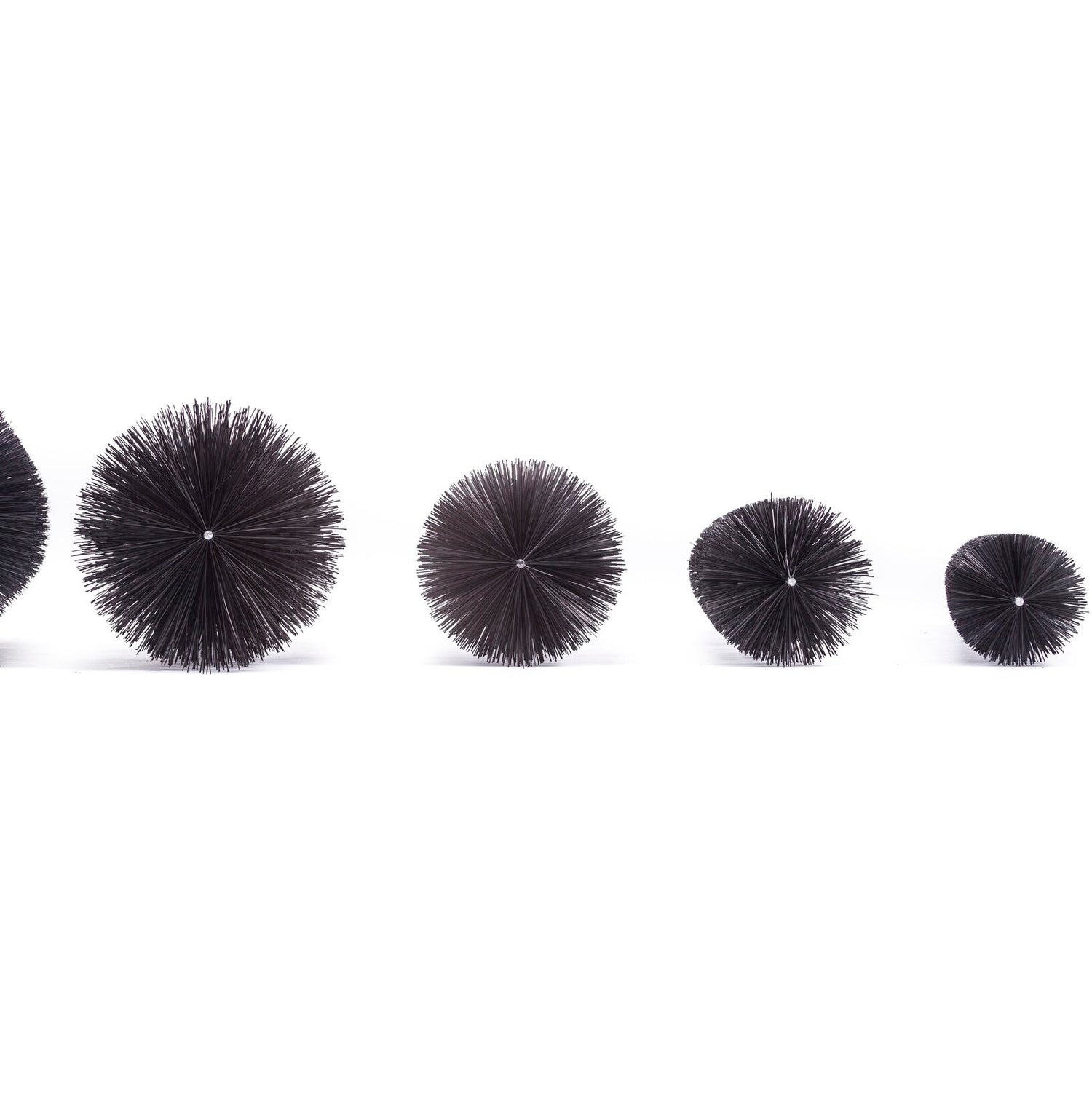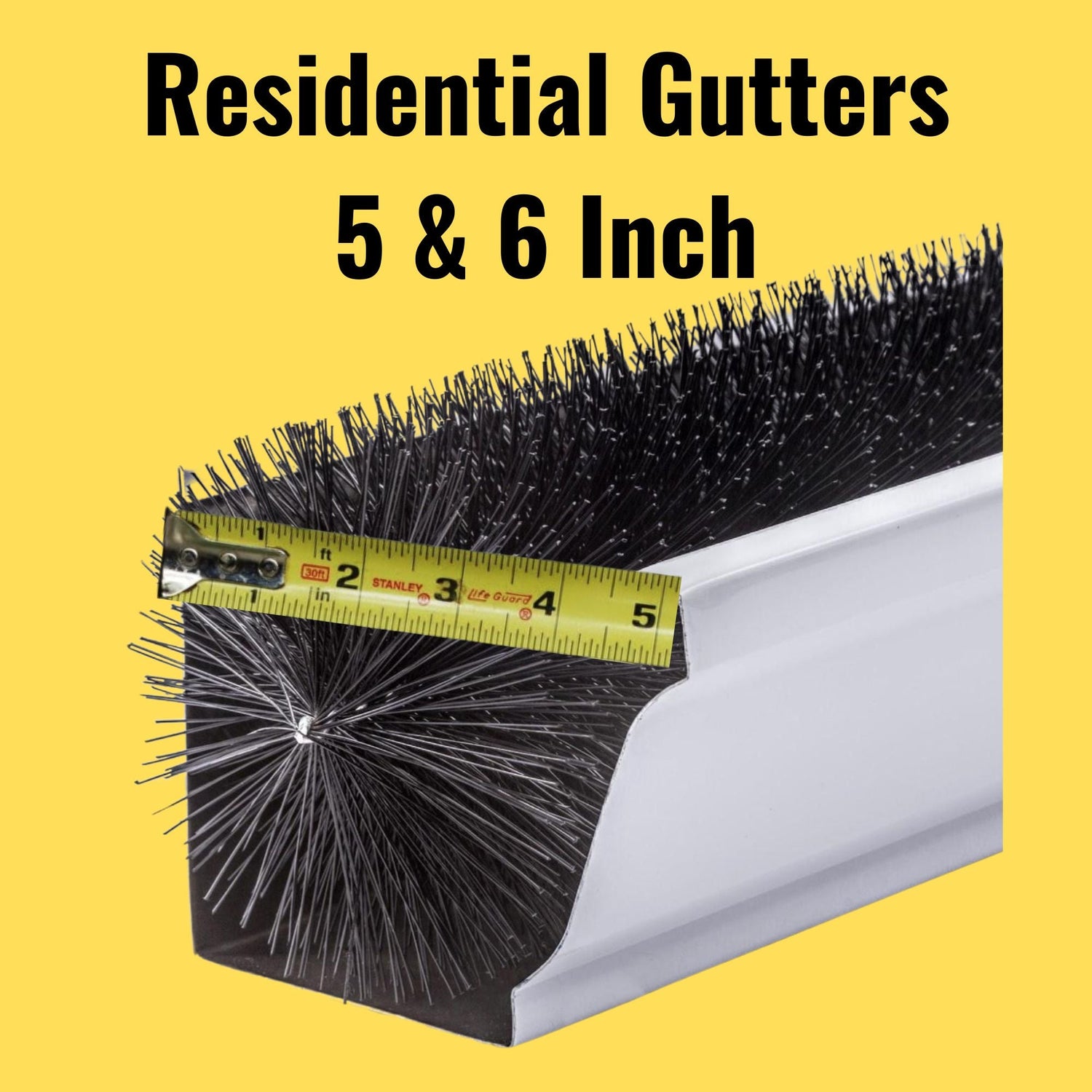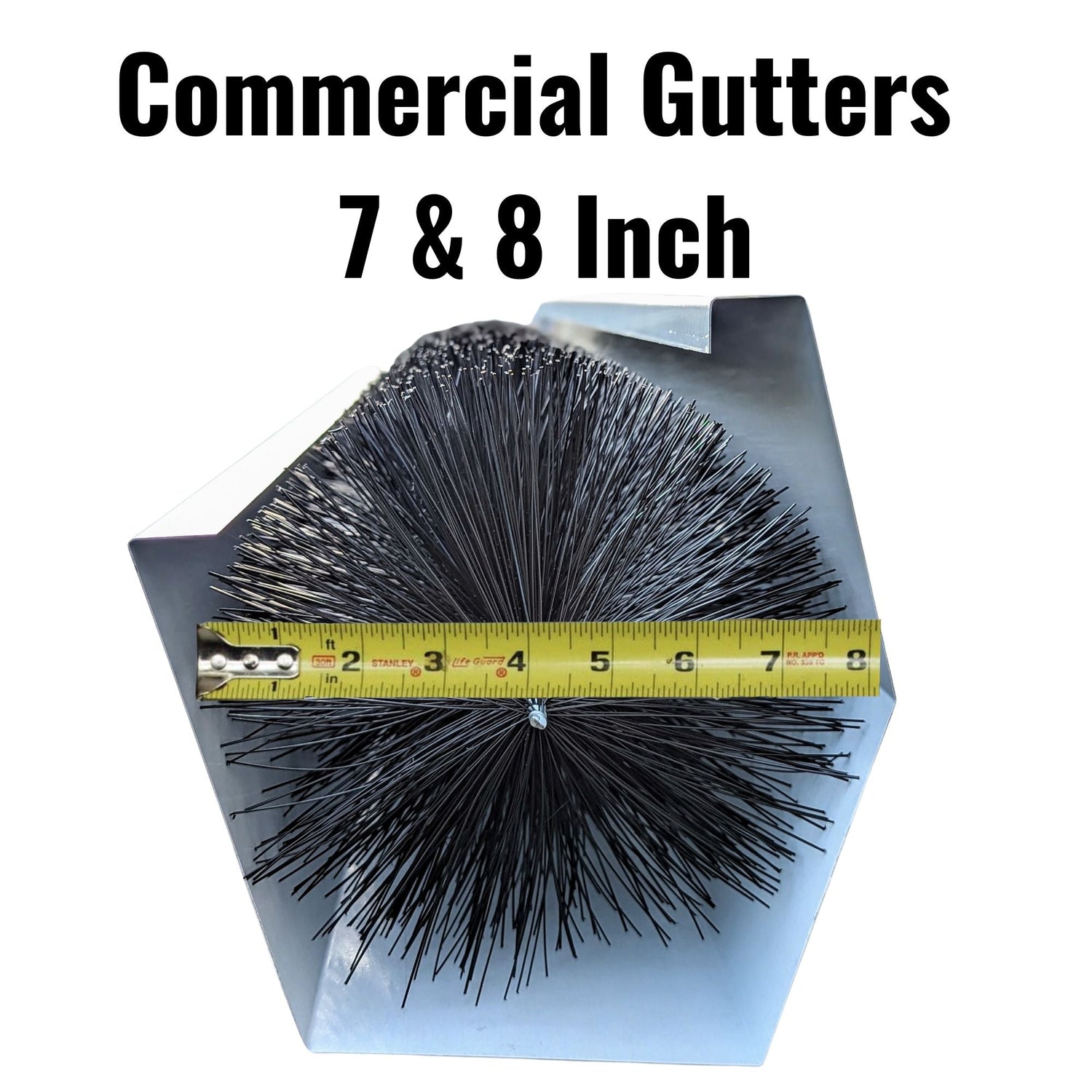Gutter protection is a critical component of home maintenance, particularly for those residing in regions with heavy seasonal foliage and frequent precipitation. Among the myriad of options available for gutter clog protection, Gutter foam also known as gutter stuff, has emerged as a topic of interest and debate within the home improvement community. As a seasoned professional with over two decades of experience in the fields of roofing, gutters, and water management, I have encountered various gutter protection systems firsthand. This extensive experience has provided me with a unique perspective on the efficacy of gutter foam and gutter stuff, as compared to other gutter protection solutions.
Gutter Foam: An Overview
Foam gutter guards are designed with simplicity in mind. Made from a porous, open-cell foam, these guards are tailored to fit snugly inside gutters, beneath the horizontal hangers that lend structural support. The allure of gutter foam lies in the user friendliness and easy installation process, which is straightforward and typically devoid of the need for specialized tools or intricate fastening mechanisms. However, customization may be necessary to ensure the foam fits properly around gutter hangers. The user friendliness comes from the fact that you can cut gutter foam with simple household scissors.
The primary function of these foam guards is to act as a sieve or a filter within the gutter system, allowing water to percolate through while capturing and holding debris on its surface. This is made possible by the open-cell structure of the foam, designed to differentiate between water and solid debris. Despite this, the very structure that allows for water filtration can become a liability, as the small gutter foam pores or cell openings are susceptible to clogging by finer materials such as dust, road pollution, and granules from roof shingles. This can lead to water overflow and necessitate frequent maintenance, undermining the guards' initial convenience.
Comparative Analysis: Gutter Foam vs. Traditional Gutter Protection
In evaluating foam gutter guards, it's essential to consider them within the broader landscape of gutter protection, which includes gutter screens, covers, and micro-screens. Traditional protection systems typically operate by overlaying the gutter and decreasing the gutter opening, thus limiting debris entry but potentially also impeding water flow, particularly when these systems become clogged. This can result in water overshooting the gutter, effectively nullifying the protection system's benefits.
Gutter Foam and gutter stuff, placed inside the gutter, theoretically circumvents the issue of water overshoot. However, they are not immune to maintenance challenges, as their tendency to clog can lead to water management issues akin to those faced by traditional clog protection systems.
The Allure of Foam Gutter Guard
The simplicity and ease of installation of foam gutter guards are significant selling points. Their design allows for direct insertion into the gutter, eliminating the need for complex attachments and making them an attractive option for DIY enthusiasts. Some homeowners find these guards particularly effective in targeted areas, such as around downspouts, where they can prevent smaller debris from entering and clogging the downspout and connected drainage systems. They are easily installed and they are considered part of the gutter insert family of gutter accessories.
Gutter Foam Challenges: Maintenance, Durability, and Environmental Impact
While foam gutter guards offer initial simplicity and effectiveness, they are not devoid of maintenance requirements. The pores that facilitate debris filtration can quickly become clogged, necessitating regular cleaning to maintain functionality and rain water flow. Additionally, the longevity of foam gutter guards can be compromised by UV exposure, with some products showing signs of deterioration, shrinkage, or curling over time unless specifically treated for UV resistance. If the foam is not treated for UV resistance, then it degrades quickly due to the harmful effects of the sun’s rays.
GutterBrush: A Superior Gutter Guard Solution
Within the diverse array of gutter protection options ( 5 sizes for any gutter ) , GutterBrush emerges as a standout solution. Unlike foam guards, GutterBrush has been around for 20 years and features a unique bristle design that not only prevents debris accumulation by facilitating its removal through natural wind action but also enhances water flow into the gutter through the capillary action of the bristles. The bristles are flexible and they configure into a raised rounded or “crowned” profile higher than the gutter edges. Conversely when debris lays on gutter foam it is already trapped down inside the gutter and can not blow away.
The installation of GutterBrush is straightforward, requiring no tools or fasteners, and its durable construction and UV protection contribute to its longevity, offering a compelling alternative to the foam solutions. The raised profile provided by the bristle design, unique to GutterBrush, contributes to its superior performance in keeping gutters free of debris while ensuring unimpeded water flow. Gutter foam and all other inserts are slid into the gutter inserted under the gutter cross bar brackets, so they can not possibly have a raised profile higher than the gutter edges, but GutterBrush is unique in that after it is slid under the gutter brackets, the bristles spring back up into place to create the raised rounded profile. No other gutter insert has this raised rounded “crowned “ profile.
Gutter Foam Economic Considerations and Value Analysis
Initially, gutter foam may appear cost-effective due to their simple material composition and low upfront costs. However, the long-term implications of maintenance and potential replacement diminish their overall value proposition. In contrast, GutterBrush offers a more robust solution with its durable design and reduced maintenance demands, presenting a more favorable long-term investment in gutter protection.
Comprehensive Evaluation for Informed Decision Making
In conclusion, while foam gutter guards provide a basic level of protection against gutter clogging, their effectiveness is limited by the demands of maintenance and potential durability issues. GutterBrush, on the other hand, offers a more comprehensive solution that addresses the primary concerns of gutter protection and enhances the overall functionality and longevity of gutter systems.
For homeowners and professionals alike, selecting a gutter protection system should involve a thorough understanding of each option's benefits and limitations, with a focus on long-term effectiveness and value. The choice between foam gutter guards and more advanced solutions like GutterBrush should be informed by considerations such as ease of installation, maintenance requirements, cost, durability, and the specific environmental conditions of the home. By carefully weighing these factors, homeowners can ensure the protection of their property from water-related damage and maintain the integrity of their gutter systems for years to come.
Top 5 Gutter Foam Takeaways:
- Simplicity and Installation Ease: Gutter Stuff and Gutter foam offers a straightforward installation process without the need for specialized tools, making them an attractive option for DIY home improvement enthusiasts. Their design allows them to be directly inserted into gutters, simplifying the installation process but may require customization to fit around each gutter hangers properly; which can be quite time consuming. If the installer does not trim around each gutter hanger, then the gutter foam ends up sitting down beneath the gutter hanger and too deep in the gutter to shed debris.
- Maintenance Requirements: Despite their initial ease of use, foam gutter guards are prone to clogging due to their very small or very tight open-cell structure. This can lead to water overflow issues and necessitates regular maintenance and cleaning to ensure optimal functionality, potentially offsetting the initial convenience and low cost of these systems.
- Durability and Environmental Factors: The longevity of foam gutter guards can be compromised by exposure to UV radiation, leading to deterioration, shrinkage, or curling unless they are specifically treated for UV resistance. This highlights the importance of considering environmental factors and product quality when choosing gutter protection. Longer lasting products may cost more initially, but the per year gutter guard cost should be considered to make the most informed decision.
- GutterBrush Advantage: GutterBrush stands out as a superior gutter guard solution with its unique bristle design that not only prevents debris accumulation but also enhances water flow into the gutter. No other gutter guard accepts fast rain water into the gutter as well as Gutterbrush; accepting water into the gutter is the gutter guard’s primary function which is often overlooked with gutter screens and covers that get dirty and send the fast water past the edge of the gutter like a water ramp. Gutterbrush’s durable construction, ease of installation, and UV protection make it a more robust and long-lasting solution compared to gutter foam. Gutterbrush has a 10 year material warranty but they last in excess of 15 to 20 years.
Cost-Effectiveness and Long-Term Value
While gutter foam (aka gutter stuff ) may initially seem cost-effective due to their low upfront costs, their long-term maintenance and potential replacement needs can diminish their overall clog protection value. In contrast, GutterBrush offers better long-term value through its durability, reduced maintenance demands, and effectiveness in keeping gutters free of debris and ensuring unimpeded water flow.




